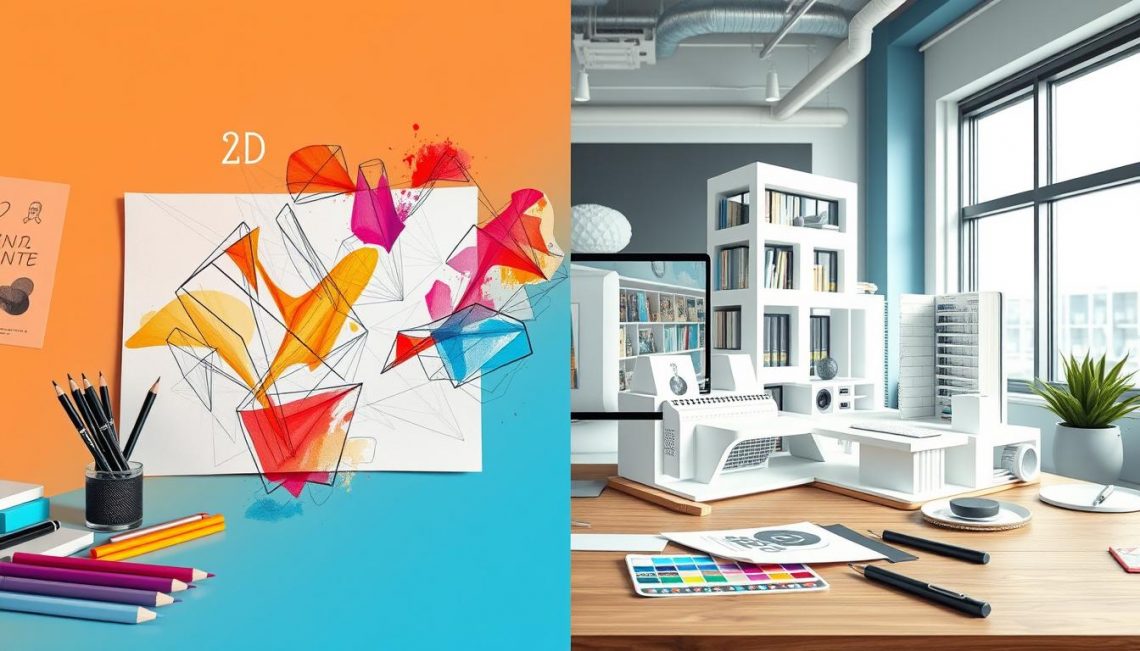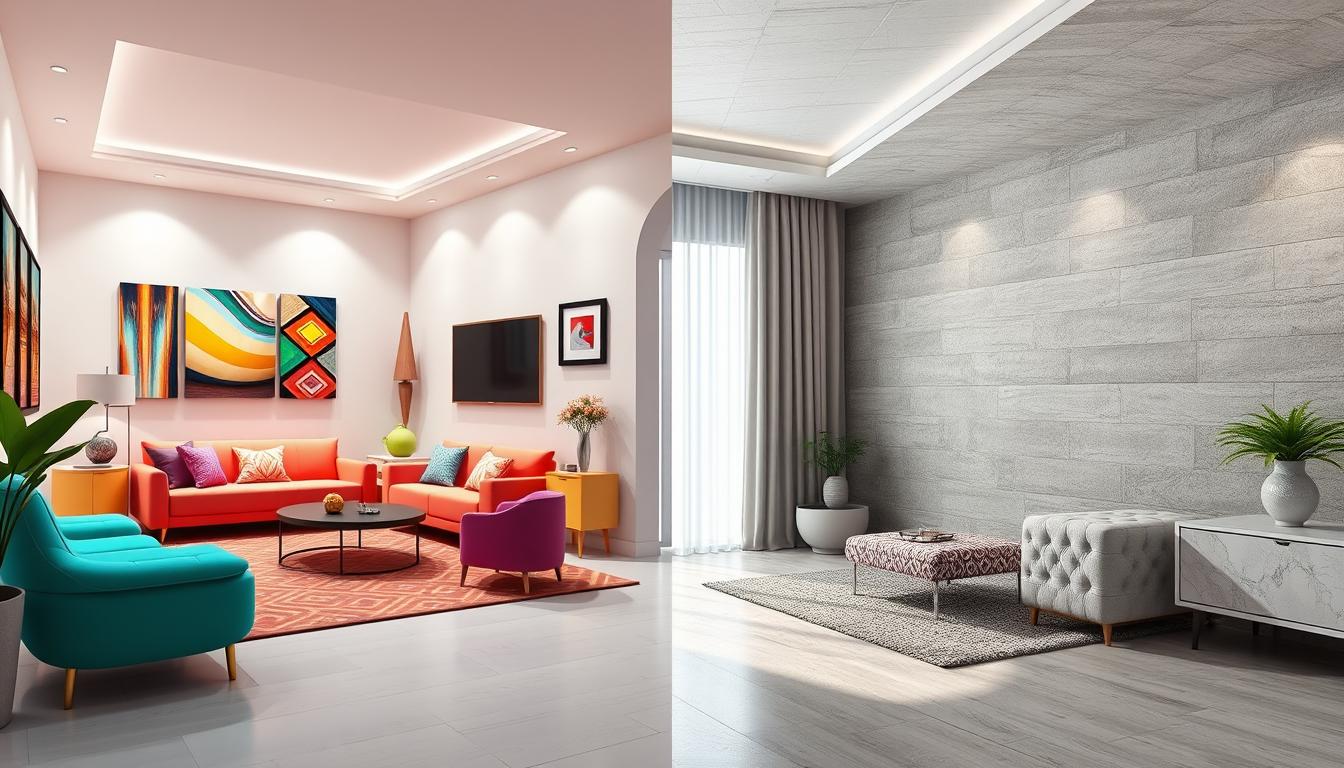In today’s fast world, turning ideas into pictures is key. 2D and 3D renderings are vital tools for designers and marketers. They help show complex ideas clearly.
These tools make it easier for people to see what’s coming. They help make sure everyone is on the same page before things start happening.
Whether you dream of a beautiful building or a new product, knowing about 2D and 3D renderings is important. This article shows how these tools help make dreams real.
The Importance of Visualization in Design
Effective design heavily relies on visual communication. This method helps designers share complex ideas and feelings better than text alone. Using design visualization like images and diagrams makes complex ideas simple. Clients can quickly understand the designs, leading to better feedback.
Studies show that using visual aids improves retention during effective presentations. This makes the design process more successful.
Understanding Visual Communication
Visual communication is key for client understanding. Designers use compelling visuals to tell a story that clients can relate to. This method grabs attention and leads to a deeper conversation about design proposals and what to expect.
As clients see the visuals, they get a clearer picture of the design journey. This helps in aligning and being open in the creative process.
Enhancing Client Engagement Through Renderings
High-quality renderings greatly improve client engagement. When clients see their projects come to life, they feel more connected to the design. This connection leads to better feedback, reducing misunderstandings and changes later.
Interactive presentations, like 3D walkthroughs or virtual reality, keep clients interested. They ensure clients are on the same page as the designer from the start.

| Aspect | Visual Communication | Traditional Communication |
|---|---|---|
| Clarity | High | Medium |
| Emotion | Strong | Weak |
| Retention | High | Low |
| Client Feedback | Enhanced | Standard |
How 2D and 3D Renderings Bring Your Design Vision to Life
In design, showing what you mean is crucial. 2D and 3D renderings are key tools for this. They help designers share their ideas clearly with clients and others.
Defining 2D and 3D Renderings
2D renderings are flat images that show designs from one side. They’re great for starting ideas or simple layouts. But, they don’t show depth well.
3D renderings, however, let you see designs from all sides. They include real lighting and materials. This makes 3D renderings vital for detailed projects.
Key Differences Between 2D and 3D Renderings
2D and 3D renderings differ in detail and how you see them. 2D is good for simple ideas but lacks depth. 3D, on the other hand, offers detailed, interactive views.
For example, a 2D plan might work for a basic layout. But, a 3D model can show a room’s feel and use better. Knowing these differences helps designers choose the right tool for their vision.



No Responses